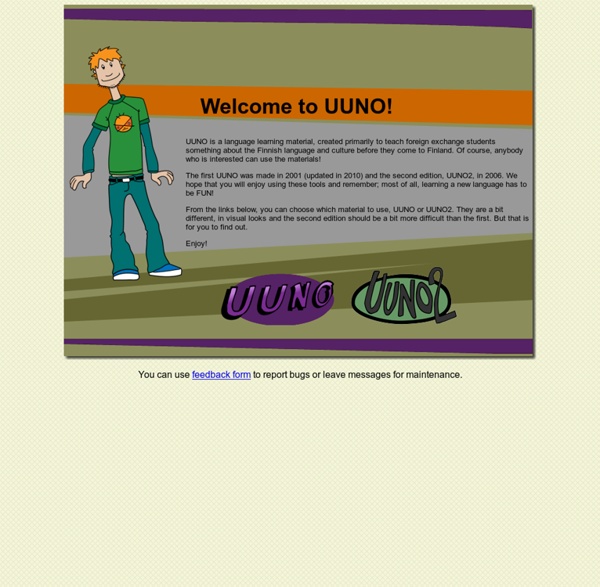Learn Finnish language and culture.
Selkouutiset - Etusivu
Ukrainan tilanne jatkuu vaikeana. Mielenosoittajat ovat pysyneet joissakin Itä-Ukrainan hallintorakennuksissa. Ukrainan sisäministeri Arsen Avakov sanoi keskiviikkona, että riita mielenosoittajien kanssa ratkaistaan perjantaihin mennessä. Ministeri Avakov varoitti mielenosoittajia. Hän sanoi, että vaihtoehtoja on kaksi (2), neuvottelut tai voimankäyttö. Hallitus käyttää voimaa, jos neuvottelut hallintorakennusten valtaajien kanssa eivät onnistu. Itä-Ukrainan mielenosoittajat ovat Venäjä-mielisiä, eli he suhtautuvat myönteisesti Venäjään.
Related:
Related:



